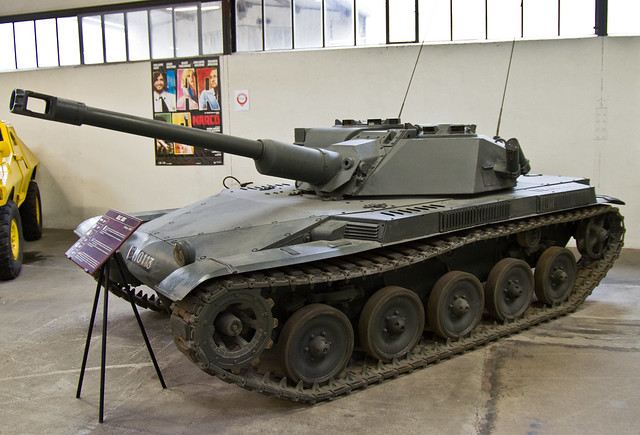The barrel is about three inches shorter so that shaved off maybe an half an ounce but weight would be about the same but it would be shorter and handier in urban and jungle warfare and would be easier to fire from a prone position and yeah the sights are offset to the left.
A pistol grip could be an improvement and maybe a slide-in wire stock would make it lighter.
stay tuned for another variant.
Yeah, definitely. anything to shave off weight for the gun, since that would have been one of the main complaints. I think a folding wire stock might do the trick weight wise.
